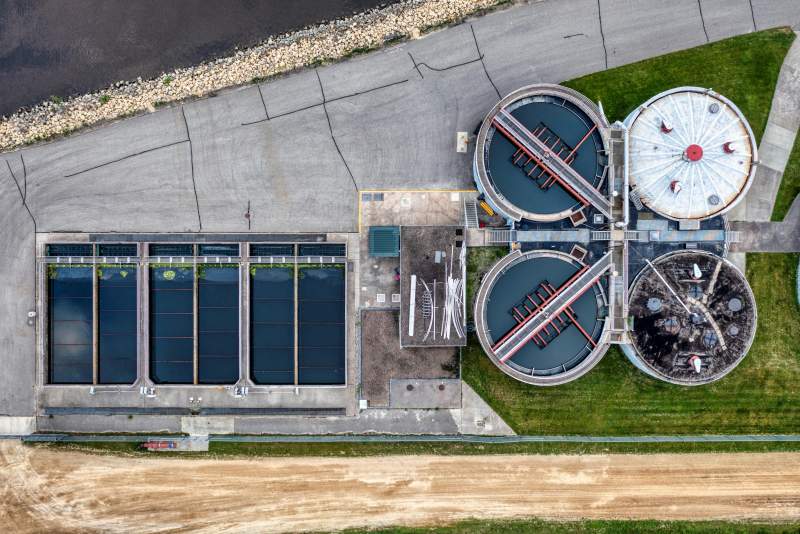Wastewater treatment has become a cornerstone of responsible industry and community planning. As populations grow and industries expand, the strain on water resources requires treatment systems that are both reliable and sustainable. Within these systems, clarifiers hold a central role by separating solids from liquids, helping treatment plants run more smoothly.
For decision-makers exploring ways to upgrade their facilities, it is worthwhile to get a quote from providers that specialise in clarifier technology. The right investment in treatment equipment can improve performance, reduce maintenance, and protect local waterways from unnecessary contamination.
Improving Water Quality Through Sedimentation
Clarifier systems are designed to use gravity to separate solid particles from liquid. As wastewater flows into the clarifier, heavier solids settle to the bottom while lighter materials rise to the surface. This simple yet powerful process improves water clarity and helps create cleaner effluent for further treatment. By removing suspended solids early in the process, clarifiers protect downstream equipment and ensure that disinfection stages are more effective. Stable sedimentation also lowers turbidity levels, which is a key factor in maintaining water quality.
Reducing Suspended Solids and Sludge Accumulation
One of the most important tasks for clarifiers is handling the build-up of suspended solids. Left unchecked, these solids form sludge blankets that disrupt treatment flow and increase operating costs. Modern clarifiers are engineered to manage sludge effectively and keep systems stable. Key benefits include:
- Minimising sludge blanket depth for smoother operation.
- Preventing blockages that can lead to system downtime.
- Improving sludge removal, making digestion and dewatering more efficient.
- Reducing the load on secondary treatment processes.
By managing suspended solids with precision, clarifiers keep treatment facilities balanced and reliable.
Supporting Industrial Compliance and Regulations
Wastewater management is subject to strict environmental regulations. Clarifiers help industries meet discharge standards by improving effluent quality before release. Clearer effluent reduces the risk of non-compliance and protects ecosystems from harmful contaminants. Regulatory bodies often measure factors such as biochemical oxygen demand and total suspended solids, both of which are directly improved by clarifier performance. In many industries, from food processing to chemical plants, clarifiers act as a safeguard against fines and environmental damage.
Boosting Efficiency in Treatment Plants
Treatment plants must operate continuously and efficiently. Clarifiers enhance efficiency by improving hydraulic loading rates and reducing the need for costly interventions. Facilities that install modern clarifiers can expect:
- Increased throughput without compromising effluent quality.
- Lower chemical use in downstream treatment steps.
- Reduced wear on pumps, filters, and membranes.
- Greater stability during periods of peak inflow.
These improvements allow plants to manage demand with fewer interruptions and at a lower cost.
Choosing the Right Professionals for Clarifier Systems
Selecting skilled professionals is as vital as choosing the equipment. Experienced providers understand sedimentation, sludge management, and effluent quality, allowing them to assess site needs and recommend the right design. With proper installation, regulatory compliance, and ongoing maintenance, facilities avoid costly downtime and achieve reliable, long-term performance from their clarifier systems. The right expertise also ensures each system adapts to changing operational demands.
Clarifier systems remain one of the most vital tools in modern wastewater management. They support compliance, improve water quality, and help industries cut costs while protecting the environment. For plant managers or facility operators considering upgrades, assessing the right clarifier system can lead to major improvements in efficiency and reliability. Choosing a provider with proven expertise ensures each facility runs with confidence, consistency, and a clear focus on sustainable water management.

